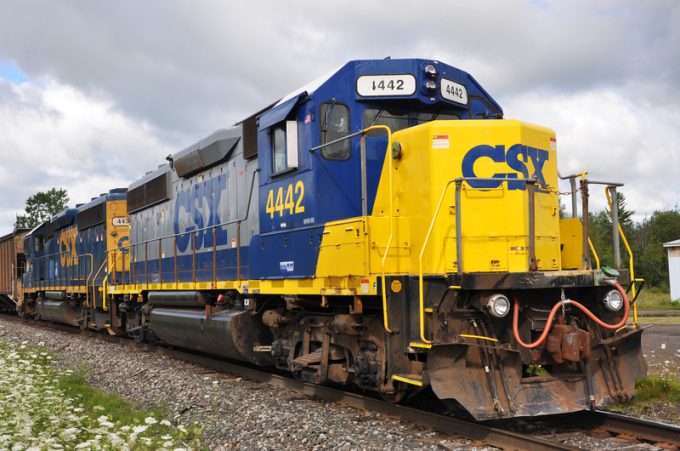CNBC: CSX CEO says industrial projects are growing amid push for domestic manufacturing
CNBC reports: In an interview with CNBC’s Jim Cramer, CSX [CEO] Joe Hinrichs detailed how government action ...

Rail operators are failing to take advantage of the difficulties plaguing North American haulage, but in Canada at least, the sky is looking a little less stormy.
North America, much like Europe, is seeing an ongoing decline in the number of long-haul truckers, but US haulage firms have continued to depress ...

Comment on this article